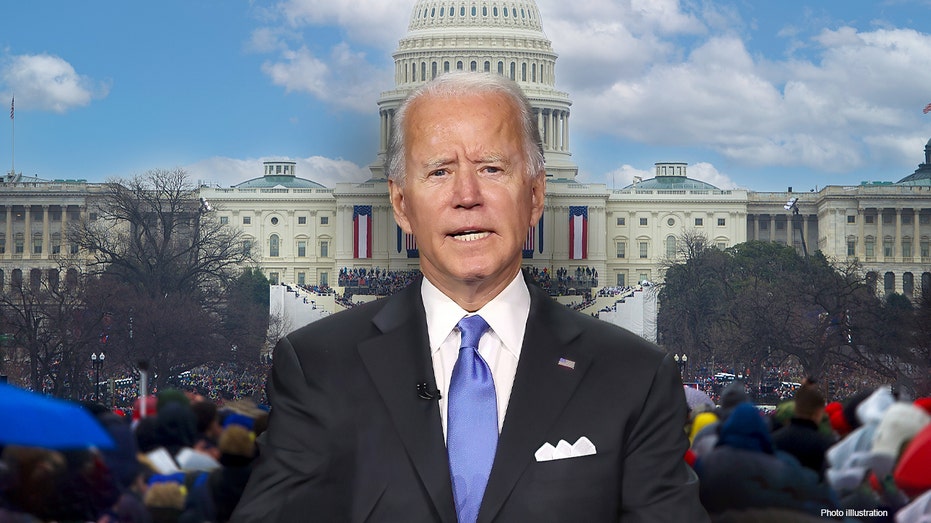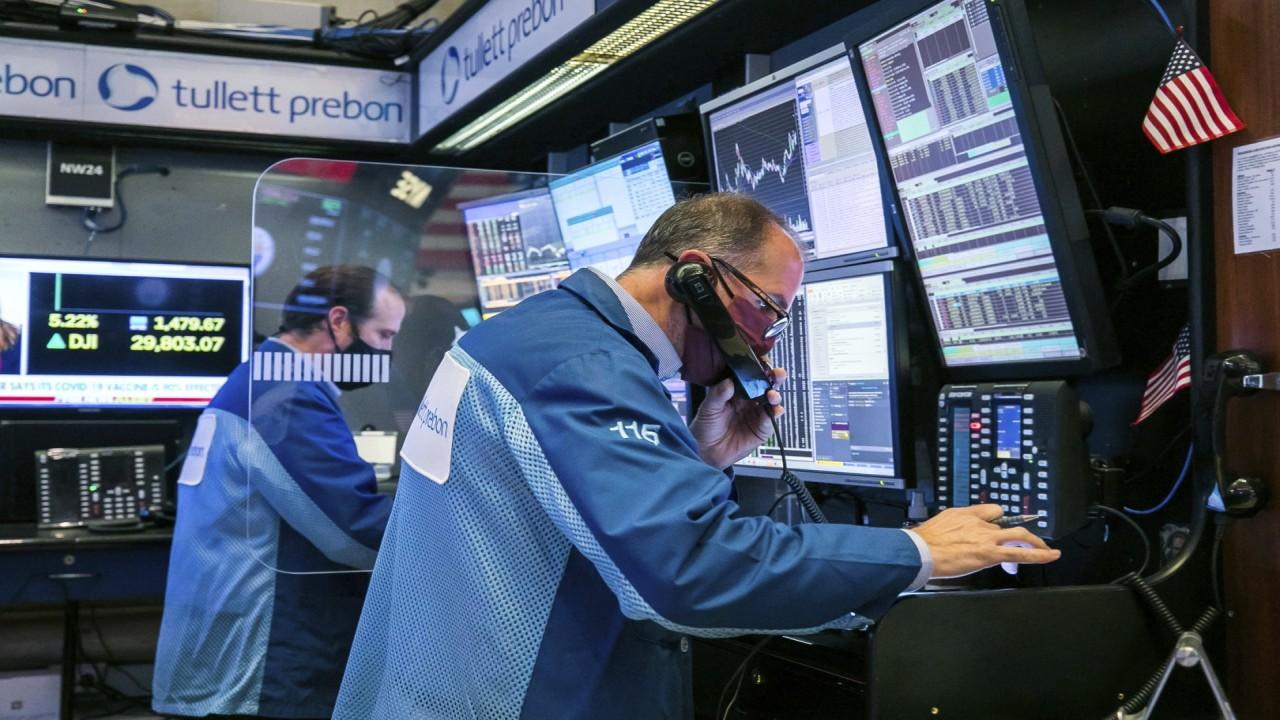Biden's trillion-dollar spending may restore inflation missing since '08 crisis
'The tide is about to turn' in a long-running bull market for bonds
President-elect Joe Biden’s promise to spend trillions could bring back a healthy level of inflation that has been lacking since the 2008 financial crisis and put an end to the nearly 40-year bull market in bonds.
Biden unveiled the details Thursday of a $1.9 trillion COVID-19 relief package, the opening gambit in a two-year stretch in which Democrats are likely to have few restraints on their spendingc priorities, with the party controlling both the House and the Senate along with the presidency.
“I think the [inflation] tide is about to turn and the higher inflation provides a basis for the 10-year yield rising" for U.S. Treasurys, said Sri Kumar, president of the Santa Monica, California-based Sri Kumar Global Strategies, pointing to the Biden administration’s plans to spend money to help support lower-income groups.
STOCK MARKET BRACING FOR 'REGIME CHANGE' AMID WASHINGTON POWER SHIFT: GUNDLACH
Kumar has for the past decade maintained that inflation wouldn't head higher because the Fed’s expansion of its balance sheet through investments in the bond market boosted stocks and housing prices without doing much for wages and consumption.
U.S. consumer prices rose 1.4% year-over-year in November, according to the personal consumption expenditures price index, when excluding food and energy.

President-elect Joe Biden's inauguration is slated for Wednesday, Dec. 20. Photo credit: Getty Images
The index, which is the Federal Reserve’s preferred measure of inflation, has remained below the central bank’s 2% target every month since January 2019 and for the majority of the time since the 2008 financial crisis.
“The inflation outlook is somewhat determined by the extent of the extraordinary additional fiscal stimulus that we might get,” said Matt Forester, chief investment officer at Lockwood Advisors for BNY Mellon.
Biden’s $1.9 trillion COVID-19 relief package, if approved, would extend an additional $1,400 in direct payments to most Americans as well as temporarily raise the weekly unemployment benefit to $400. The minimum wage would be raised to $15 per hour nationally.
GET FOX BUSINESS ON THE GO BY CLICKING HERE
The proposal is in addition to the nearly $4 trillion in direct COVID-19 relief that Congress has already authorized.
Sen. Bernie Sanders, I-Vt., who is the incoming chairman of the Senate Budget Committee, called Biden’s plan a “very strong first installment.”
The spike in the 10-year yield that Kumar projects would support that conclusion, suggesting that investors are growing more confident in economic conditions in the near future and thus demanding a higher premium to hold bonds that won't mature for years.
Kumar has gone against the Wall Street consensus over the past four years, predicting bond yields would fall while most said they would rise.
The benchmark 10-year note yield closed at 1.097% Friday, up from 0.515% on Aug. 5. The yield closed at a record low of 0.499% on March 9.
Yields sink when bond prices increase, a phenomenon often seen when investors seek a haven from volatility elsewhere. U.S. Treasury prices have been in a bull market since 1981, when the 10-year yield topped out at 15.84%.
“The same people talking about inflation today were the same people talking about inflation 12 years ago. They were dead wrong then. They're dead wrong right now."
While today's yield is a long way from its 30-year-old peak, Kumar doesn’t expect to see it retesting its 2020 record low any time soon. Instead, he says, the yield is headed higher as the recession that plagued the U.S. economy following the coronavirus lockdowns continues in the first half of this year while inflation expectations pick up.
Forester thinks the 10-year yield may dip slightly in the near-term because of the big move it has already made, but expects it to reach the “upper 1% area” by the end of the year.
CLICK HERE TO READ MORE ON FOX BUSINESS
Not everyone on Wall Street sees the fiscal and monetary stimulus washing through the system as changing the low-inflation environment that has gripped the U.S. economy for much of the past 12 years.
“These people talking about inflation are the same people that were talking about inflation over a decade ago when Bernanke rolled out these sequences of quantitative easing, gargantuan monetary creation, and what at that point was a huge Obama infrastructure package,” said David Rosenberg, chief economist and strategist at Toronto-based Rosenberg Research. He added that infrastructure is “real stimulus” that puts people to work.
JAMIE DIMON SEES CORONAVIRUS RELIEF, VACCINE FUELING AMERICAN REBOUND BY SUMMER
The money being handed out to middle-class households will help pay for rent, utilities and food but won’t do anything to accelerate wages or expand credit, according to Rosenberg.
He noted that the excess capacity that’s prevalent in the U.S. economy today is as severe as it was following the 2008 collapse of Lehman Brothers, which froze global credit markets.
For Rosenberg, the recent run-up in yields has been “one part real interest rates and four parts inflation expectations,” meaning the bond market is setting up for another big buying opportunity.
“The same people talking about inflation today were the same people talking about inflation 12 years ago,” Rosenberg said. “They were dead wrong then. They're dead wrong right now."
